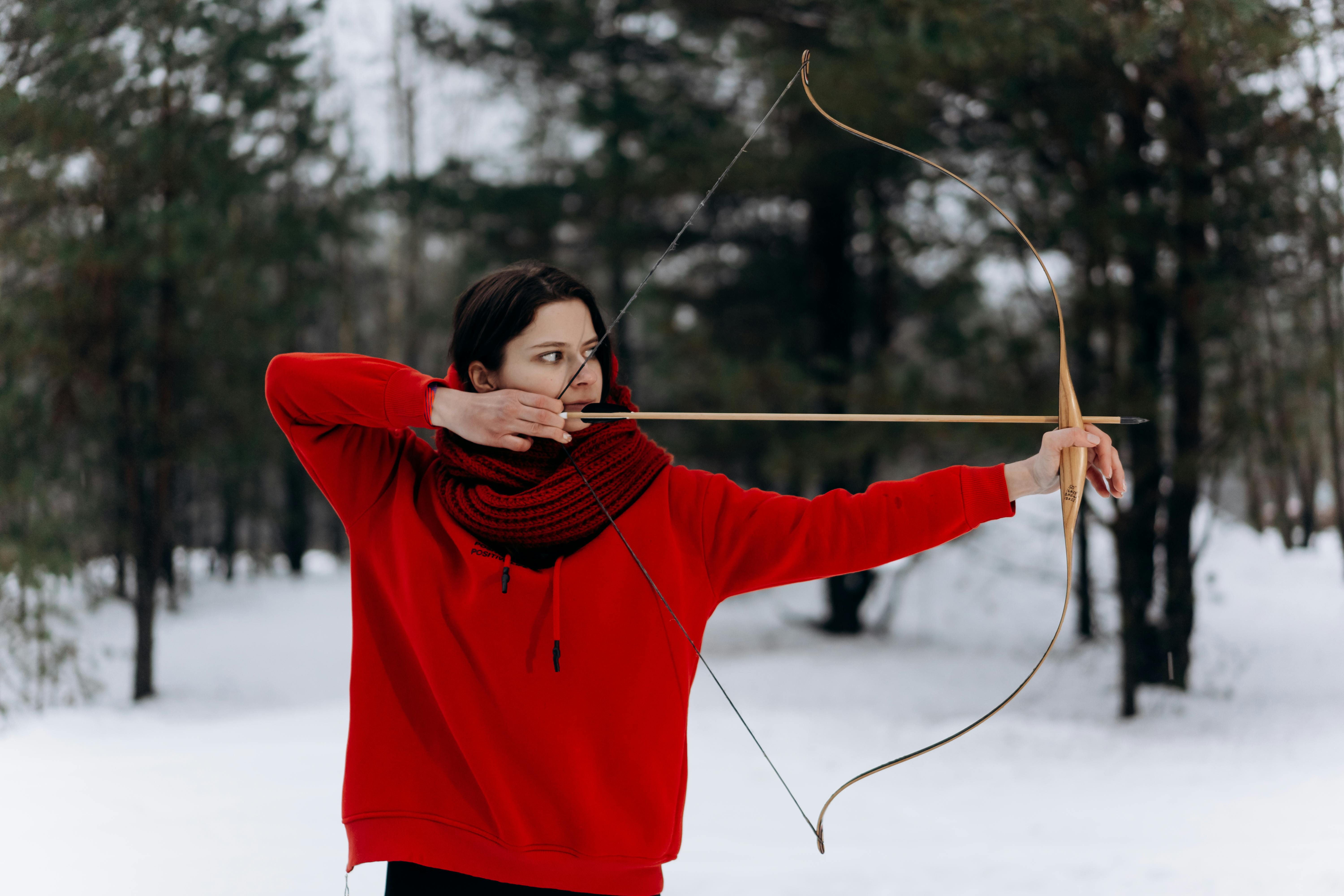Over the weekend, we had the privilege of filming a live cooking class at a Eurasian restaurant. The client wants to record portions of the class instead of recording the lesson as a whole. The objective of the video is to highlight the success of the event in terms of the satisfaction of the participants. The video will be used as promotional or marketing material for future classes and workshops. With the target and the audience in mind, we plan the shots to emphasize the desired message. First of all, the 5 basic types of shooting are applied. The same way we shot a full instructional video.
1. Wide angle
Start with a wide shot of the cooking instructor, with head to toe visible on screen. Include the table with the ingredients laid out and the kitchen utensils on the same screen. This scene sets the location. One look and you know the instructor is in a kitchen-like setup and about to cook. The wide shot is best used when the instructor is giving the introduction.
2. Medium plane
The medium shot follows the wide shot. While the wide shot establishes the location, the medium shot establishes the subject. In this case the subject is the cooking instructor, the main actor. The instructor is visible from the waist up and his eyes are in the upper third of the screen. Include on this screen the elements of the table that the instructor is cutting or removing.
3. Close-up shot
The close-up starts from the shoulder up. You can see the instructor’s face big and clear on the screen. Close-ups of faces are generally used to portray emotions when used in dramas. In a cooking class the instructor is a chef and the chefs always passionately explain how the food is cooked. We want to capture that passionate joy of cooking.
4. Cut shots
Cut shots come after medium shots or wide shots. As the name implies, it is a take that is a cut from a previous take. If the above shot is a middle shot in which the instructor demonstrates his chopping skills, the chopping shot will be a close-up of just his hands holding the knife with the blade visibly cutting through the green leaves. The audience wants to take a closer look to learn.
5. Cut shots
The cut shots are scenes that are not in the previous shot but in the same place where the action takes place. In a cooking class, the cropped plan will be made by the students. Point the camera away from the instructor and toward the students who are listening carefully and taking notes. We want to capture the success of the event, which is measured by the positive reactions from the audience.
Those are the 5 basic and essential shots for any instructional video session. However, since the client’s goal is to capture clips to use as promotional video for future classes, we are free to move and position our camera anywhere in the room.
Unlike an instructional video, a promotional video needs to be shot more creatively. We have to play with framing and angles to create interesting images that enhance the brand. Promotional videos are marketing videos and branding is essential. We’ll angle and frame the theme with a hint of the event banner or an excited audience in the background.
